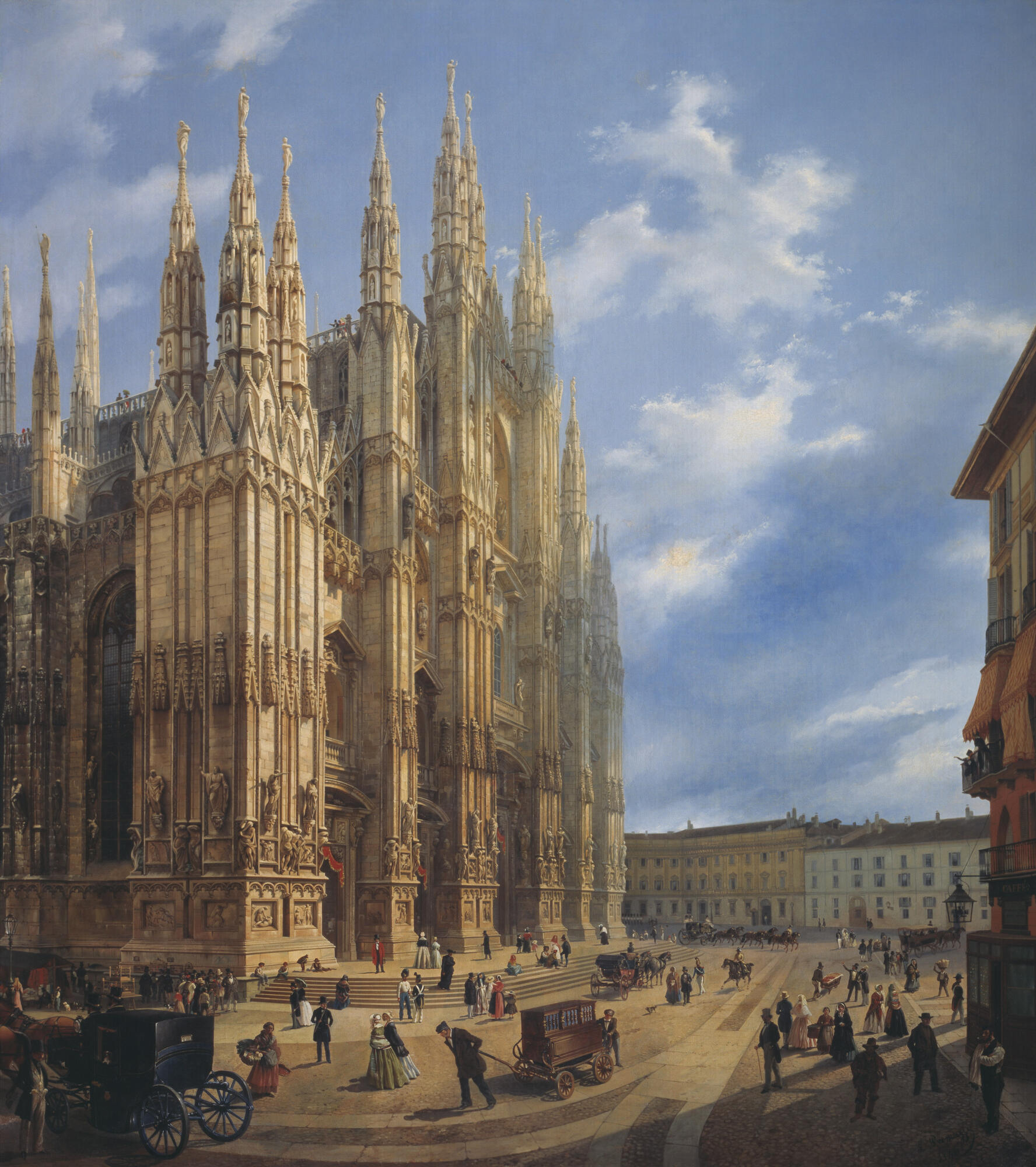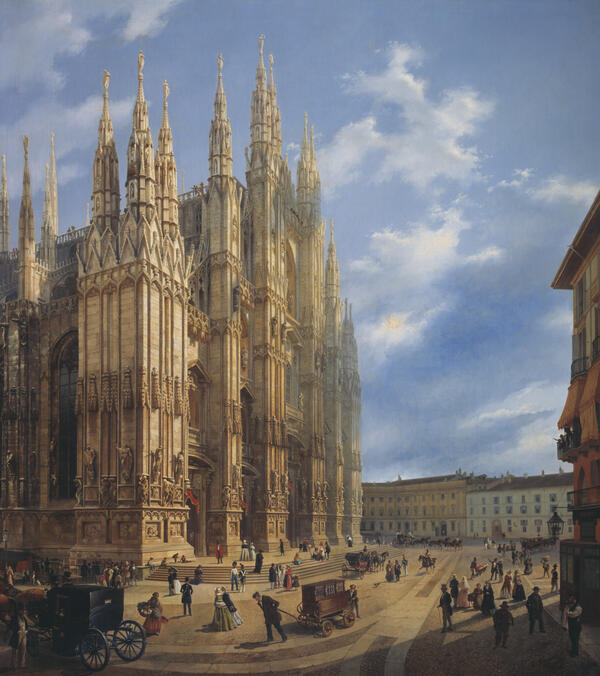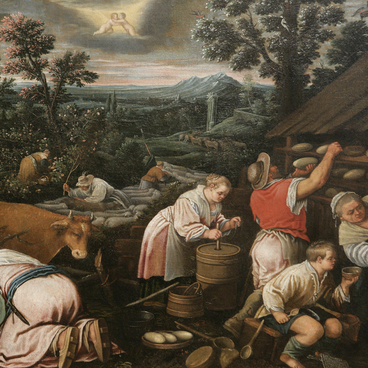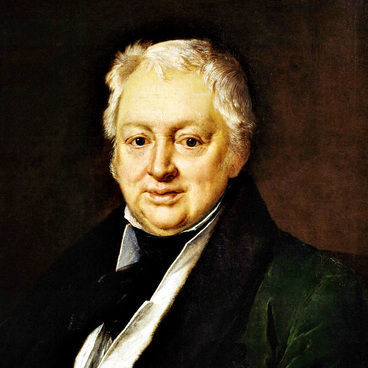Luigi Premazzi was born in Milan and studied painting at Milan’s Brera Academy, but as a young man, he moved to Russia at the age of 20. Premazzi’s landscapes and interior works enjoyed huge success — they had photographic precision of detail. The painter became famous as a master of veduta — an urban architectural landscape, and as a virtuoso watercolorist who created many subtle, detailed images of palace interiors.
Luigi Premazzi, who was called Ludwig Osipovich in Russia, worked in St. Petersburg first as an art teacher in the house of Prince Sergei Sergeevich Gagarin. He later obtained the position of court painter to Nicholas I, Emperor of Russia. It is believed that the artist’s popularity began to rise together with the interest of Nicholas I in Premazzi’s work. The Emperor commissioned the master a series of drawings depicting Alexandria — the Peterhof Palace, a series of palaces and gardens, and Defensive installations of the Fortress of Kronstadt.
In 1861, Luigi Premazzi became a professor at the Imperial Academy of Arts, and from 1871 started teaching at the School of Technical Drawing of Baron Alexander von Stieglitz. In 1880, the Imperial Society of Watercolorists was established in Russia following Premazzi’s suggestion.
“Milan Cathedral” was painted by the artist in 1846. On the spectacular canvas, there is a famous monument dominating the space of the main square, on which the daily life of citizens flows. Above the majestic cathedral, there is a high, blue, eternal sky with clouds running across it.
The Milan Cathedral (Duomo di Milano), the main character of the painting, is dedicated to the Nativity of the Virgin Mary. It had been erected for more than six hundred years — from 1386 to 1813. The Milan Cathedral is created in Flamboyant architectural style — it got its name from patterns and ornaments similar to flame shapes. The Duomo di Milano is the only white-marble cathedral in Europe. It is decorated with 135 steeples striving into the sky, and there are 3,400 statues in the interior and facades. The artist conveyed details with documentary reliability, subtly and carefully drawing the temple’s most prosperous architectural and sculptural decoration.
Luigi Premazzi, who was called Ludwig Osipovich in Russia, worked in St. Petersburg first as an art teacher in the house of Prince Sergei Sergeevich Gagarin. He later obtained the position of court painter to Nicholas I, Emperor of Russia. It is believed that the artist’s popularity began to rise together with the interest of Nicholas I in Premazzi’s work. The Emperor commissioned the master a series of drawings depicting Alexandria — the Peterhof Palace, a series of palaces and gardens, and Defensive installations of the Fortress of Kronstadt.
In 1861, Luigi Premazzi became a professor at the Imperial Academy of Arts, and from 1871 started teaching at the School of Technical Drawing of Baron Alexander von Stieglitz. In 1880, the Imperial Society of Watercolorists was established in Russia following Premazzi’s suggestion.
“Milan Cathedral” was painted by the artist in 1846. On the spectacular canvas, there is a famous monument dominating the space of the main square, on which the daily life of citizens flows. Above the majestic cathedral, there is a high, blue, eternal sky with clouds running across it.
The Milan Cathedral (Duomo di Milano), the main character of the painting, is dedicated to the Nativity of the Virgin Mary. It had been erected for more than six hundred years — from 1386 to 1813. The Milan Cathedral is created in Flamboyant architectural style — it got its name from patterns and ornaments similar to flame shapes. The Duomo di Milano is the only white-marble cathedral in Europe. It is decorated with 135 steeples striving into the sky, and there are 3,400 statues in the interior and facades. The artist conveyed details with documentary reliability, subtly and carefully drawing the temple’s most prosperous architectural and sculptural decoration.



